Your Ultimate Guide to Safari Sri Lanka Yala: Accommodation, Dining, and More
Discover the best times to visit, accommodation, and dining options for your Safari Sri Lanka Yala adventure, complete with essential visitor tips.
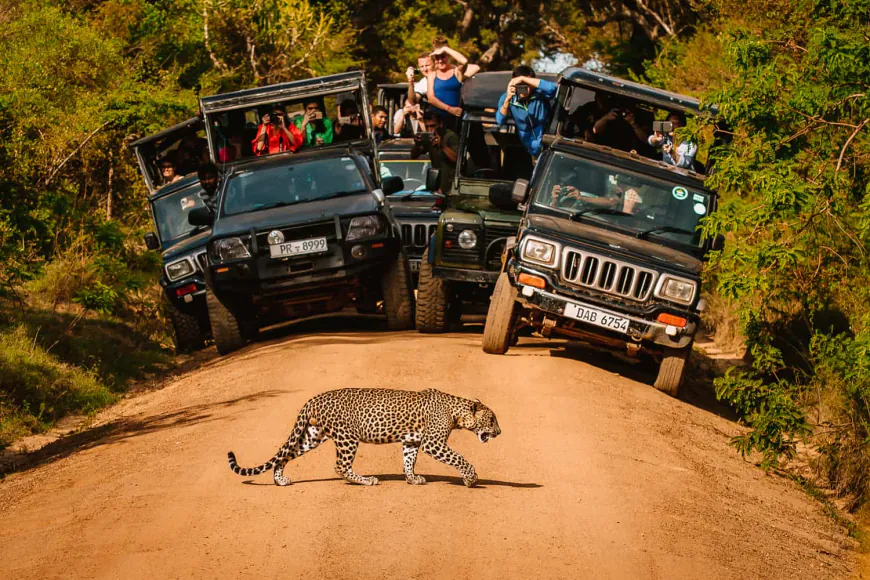
-
Yala Safari Ultimate Guide
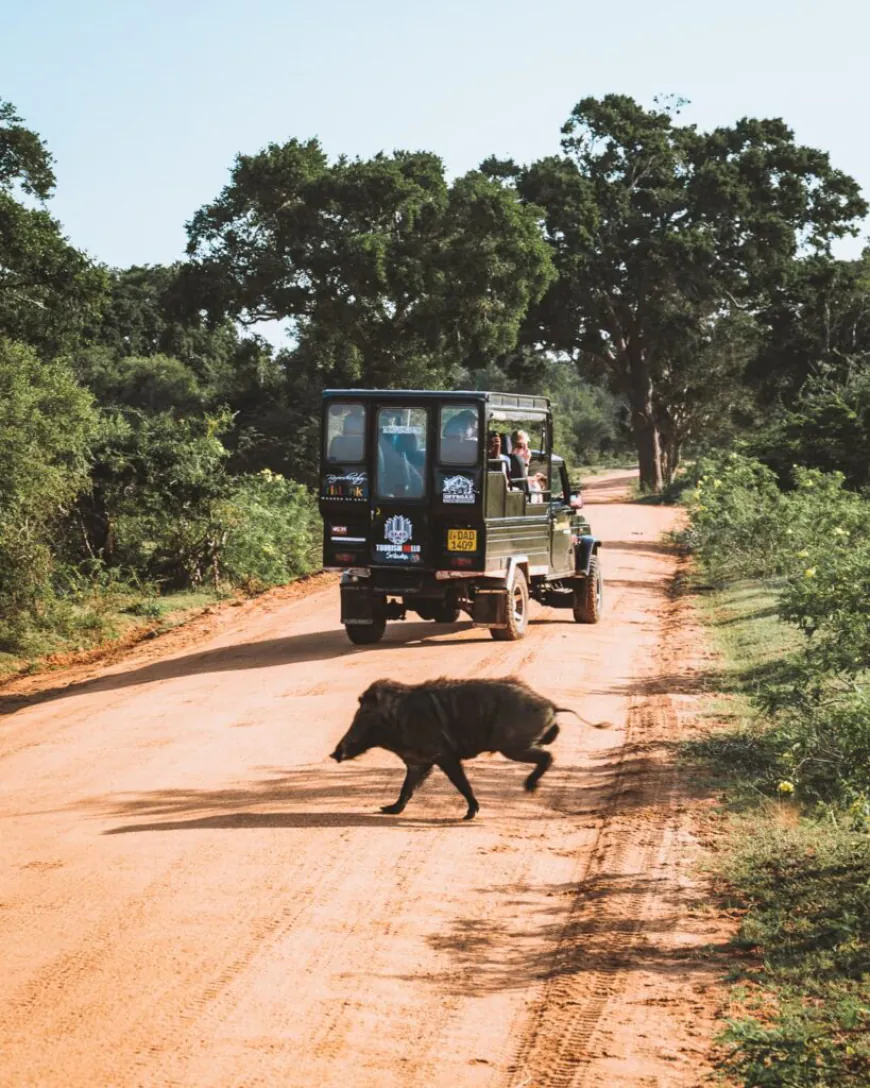
Yala National Park, Sri Lanka's most visited wildlife sanctuary, offers an unparalleled safari experience with its diverse ecosystem and the highest leopard density in the world. This guide explores the park's rich biodiversity, accommodation options ranging from luxury resorts to budget-friendly lodges, and essential tips for planning an unforgettable safari adventure in one of Asia's premier wildlife destinations.
-
Visitor Guide Importance
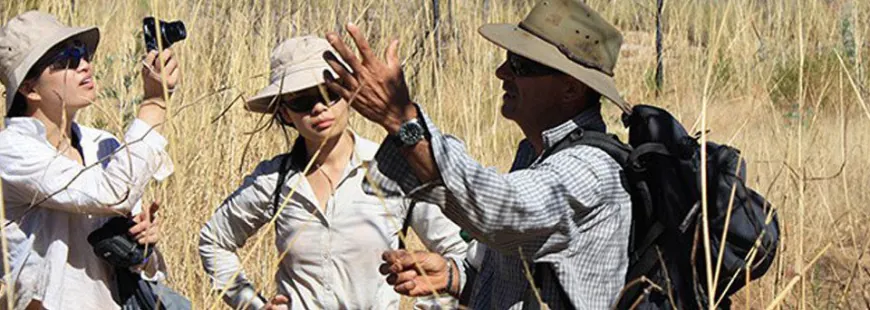
A well-crafted visitor guide plays a crucial role in enhancing the overall travel experience by providing essential information and insights. These guides assist travelers in planning their trips effectively and making informed decisions about attractions, accommodations, and activities. According to a survey by GetYourGuide, 90% of travelers express a strong desire to explore destinations from a local's perspective, highlighting the importance of authentic, insider knowledge. Visitor guides also contribute to traveler safety by offering important precautions and local customs, while promoting responsible tourism practices that minimize negative impacts on destinations. By offering comprehensive information and expert recommendations, visitor guides empower tourists to make the most of their travel experiences while fostering a deeper appreciation for the local culture and environment.
-
Guide Contents Overview
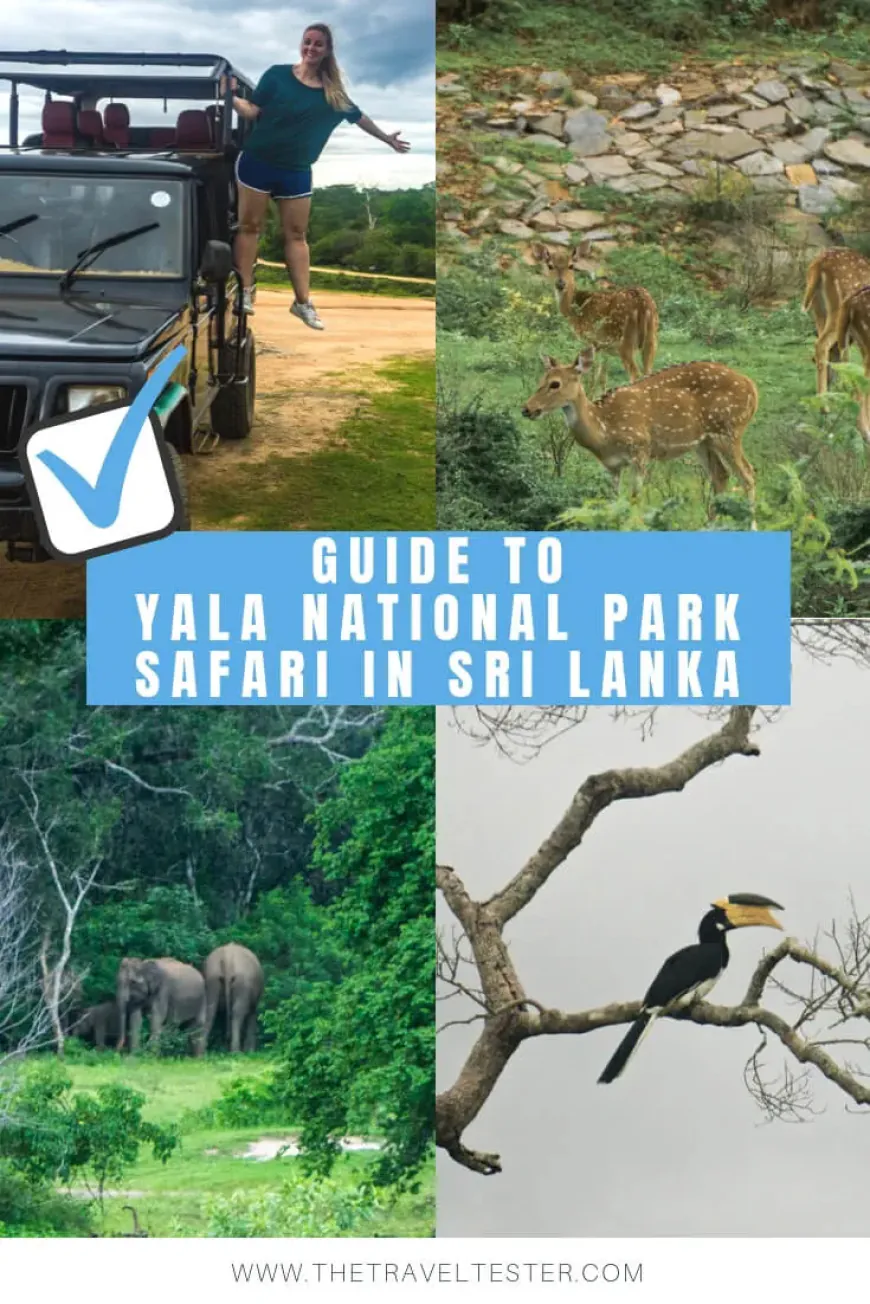
This comprehensive guide to Yala National Park covers essential information for visitors planning a safari experience. Here's an overview of what the guide includes:
- Accommodation options: From luxury resorts to budget-friendly lodges near Yala National Park
- Dining experiences: Local cuisine and gourmet safari fare available at various hotels and restaurants
- Best times to visit: Optimal seasons for wildlife viewing and park accessibility
- Visitor tips and guidelines: Safety precautions, park rules, and responsible tourism practices
- Nearby attractions: Points of interest in the surrounding area, such as Bundala Bird Sanctuary and Tissa Wewa
The guide aims to provide travelers with comprehensive information to plan an unforgettable safari adventure in one of Sri Lanka's premier wildlife destinations, ensuring a safe and enriching experience for all visitors. -
Luxury Stays and Cuisine
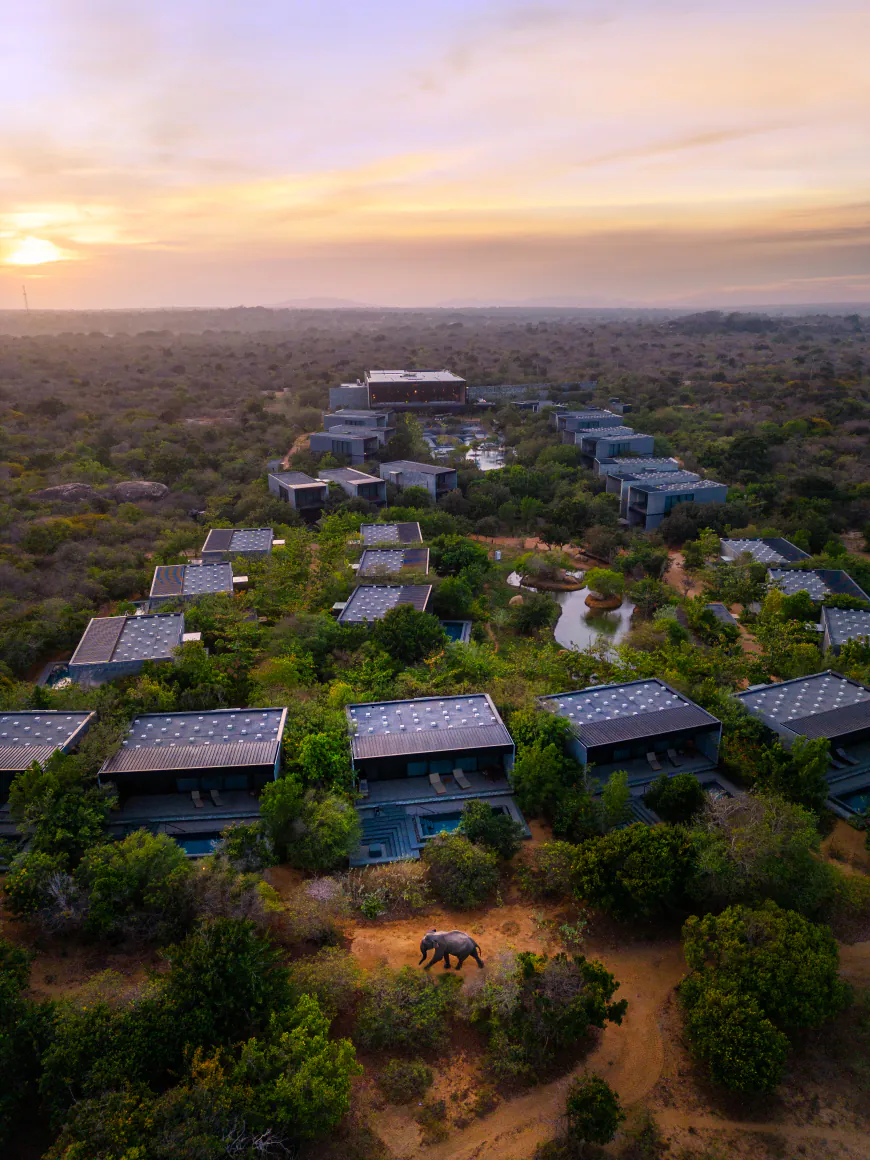
Yala National Park offers a range of accommodation options to suit various preferences and budgets, from luxury resorts to eco-friendly lodges. Here's an overview of some popular hotels and dining options in and around the park:
Hotel Features Dining Options Jetwing Yala Sprawled over 38 acres, luxury accommodation, outdoor pool, business center Six distinct dining options, including The Restaurant and Thambapanni Cinnamon Wild Yala Rustic-chic chalets, wildlife viewing deck On-site restaurant with local and international cuisine Wild Coast Tented Lodge Luxury tented accommodation, free-form swimming pool Gourmet dining experiences Jetwing Yala stands out as one of the largest hotels in the area, offering a unique blend of luxury and natural surroundings. Located between the Indian Ocean and Yala National Park, it provides convenient access to both marine and wildlife experiences. The hotel features spacious, clean rooms with high-quality amenities and toiletries.
Dining options at Jetwing Yala cater to various tastes, with The Restaurant and Thambapanni offering a range of cuisines. Guests can enjoy continental, full English/Irish, vegetarian, Asian, and American breakfast options. The hotel also offers themed dinners, providing a unique culinary experience amidst the coastal wilderness.
For those seeking local flavors, there are eateries near the park that serve authentic Sri Lankan cuisine. These establishments offer a chance to taste traditional dishes and experience the local food culture.
When planning your stay, it's worth noting that Jetwing Yala offers various activities and services, including spa facilities, fitness center, snorkeling, diving, and walking tours. The hotel also boasts one of Sri Lanka's largest privately owned solar parks, demonstrating its commitment to sustainable tourism.
For visitors interested in exploring the park, Jetwing Yala offers safari packages. A half-day safari at Yala National Park (Block 01) is available, which includes a jeep (Toyota Hilux) and snack packets with water bottles. This package provides an excellent opportunity to observe the park's diverse wildlife, including its famous leopard population.
When choosing accommodation, consider factors such as proximity to the park entrance, available amenities, and your budget. With an average price of $200 per room, hotels like Jetwing Yala offer good value for their world-class amenities and stunning location. Booking in advance is recommended, especially during peak safari seasons, to ensure availability and potentially secure better rates.
-
Optimal Safari Seasons
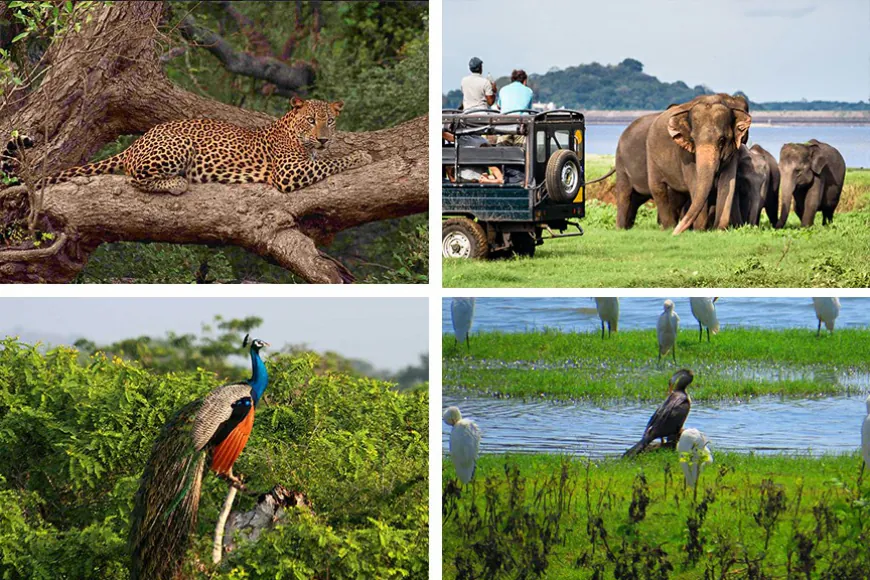
The best time to visit Yala National Park varies depending on wildlife viewing opportunities and weather conditions. Here's a breakdown of the seasonal highlights and weather considerations to help plan your visit:
Season Months Highlights Weather Peak Safari Season February - July Best for leopard sightings, diverse wildlife Dry, temperatures 30-36°C Dry Season May - September Animals congregate around water holes Hot and dusty, 30-36°C Wet Season October - January Lush landscapes, migratory birds Occasional rain, 28-34°C Park Closure September Park closed for maintenance N/A Peak Safari Season (February - July):
This is considered the best time to visit Yala for wildlife viewing, especially for leopard sightings. The dry weather forces animals to gather around water sources, making them easier to spot. May and June are particularly good months with fewer tourists, allowing for more peaceful safari experiences.Dry Season (May - September):
As the park dries out, wildlife becomes more concentrated around remaining water sources. This period offers excellent opportunities for viewing elephants, leopards, and other animals. However, the park can become quite dusty, and temperatures can be high.Wet Season (October - January):
The wet season brings lush greenery to the park and attracts migratory birds. While there's a chance of rain, especially in December, wildlife sightings can still be good. November is less crowded and offers good sightings as animals become more relaxed after the park's closure.Weather Considerations:
Yala experiences hot and occasionally humid weather year-round, with average temperatures ranging from 20°C to 33°C. The northeast monsoon affects the park from November to February, bringing occasional rain showers. It's advisable to avoid the heavy rainfall period from mid-October to late December.Park Closure:
Yala National Park, particularly Block 1, is typically closed in September for maintenance. During this time, visitors can explore other sectors of Yala such as Block 5, Lunugamvehera, and Bundala National Parks.When planning your visit, consider that while the park is accessible year-round, each season offers different experiences. The dry season (February to July) is generally recommended for the best wildlife viewing opportunities, but visiting during the wet season can offer unique experiences with lush landscapes and migratory birds.
-
Safari Essentials and Etiquette
Packing the right items and following proper guidelines are crucial for a safe and enjoyable safari experience in Yala National Park. Here's a comprehensive list of essentials to pack and important tips for responsible tourism:
Category Items to Pack Clothing Neutral-colored clothing (khaki, beige, green), long-sleeved shirts, long pants, comfortable walking shoes, hat with brim Sun Protection Sunscreen (SPF 50+), sunglasses, lip balm with SPF Wildlife Viewing Binoculars, camera with zoom lens, extra batteries/charger Health & Safety Insect repellent, hand sanitizer, basic first-aid kit, prescription medications Miscellaneous Reusable water bottle, daypack, flashlight/headlamp When packing clothing, opt for neutral colors like khaki, beige, or green to blend in with the environment and avoid disturbing wildlife. Long-sleeved shirts and pants protect against sun and insects. Comfortable, closed-toe walking shoes are essential for game drives and potential bush walks.
Sun protection is crucial in the African sun. Pack a high SPF sunscreen, wide-brimmed hat, and sunglasses to shield yourself from harmful UV rays. Don't forget lip balm with SPF to protect your lips.
For optimal wildlife viewing, bring a good pair of binoculars. Experts recommend at least 8x or 10x magnification for the best safari experience. A camera with a zoom lens is ideal for capturing memorable moments, but remember to pack extra batteries or a charger.
Health and safety items are essential. Pack insect repellent containing DEET to protect against mosquitoes and other biting insects. Hand sanitizer and a basic first-aid kit are useful for maintaining hygiene and treating minor injuries. Don't forget any prescription medications you may need.
A reusable water bottle helps you stay hydrated while reducing plastic waste. A small daypack is useful for carrying essentials during game drives.
Regarding safety and responsible tourism practices:
- Always follow your guide's instructions and remain in the vehicle unless instructed otherwise.
- Maintain a safe distance from wildlife and never attempt to touch or feed animals.
- Keep noise levels low to avoid disturbing animals and other visitors.
- Do not litter. Take all trash with you and dispose of it properly.
- Respect local customs and dress modestly when visiting nearby communities.
- Use water and energy resources responsibly, especially in eco-lodges.
- Support local businesses and communities when possible.
By following these guidelines, you'll contribute to the conservation of Yala National Park's ecosystem and ensure a positive experience for both visitors and wildlife. Remember, responsible tourism helps preserve these natural wonders for future generations to enjoy.
-
Nearby Parks and Sites
Yala National Park is surrounded by several other attractions that offer diverse experiences for visitors. Here's an overview of nearby national parks and cultural sites:
Attraction Distance from Yala Key Features Bundala National Park 60 km Wetland sanctuary, migratory birds Udawalawe National Park 130 km Elephant population, scenic reservoir Kataragama Temple 20 km Multi-faith pilgrimage site Kirinda Beach 22 km Scenic coastline, fishing village Bundala National Park, located about 60 km from Yala, is an internationally important wintering ground for migratory water birds. Spanning 6,216 hectares, it features a striking landscape of lagoons, inter-tidal mud flats, and sand dunes. Bundala harbors 197 species of birds, including the greater flamingo, which migrates in large flocks. The park was designated as Sri Lanka's first Ramsar site in 1990 and later declared a UNESCO Biosphere Reserve in 2005.
Visitors to Bundala can enjoy:
- Bird watching tours, especially during the migratory season from September to March
- Wildlife safaris to spot elephants, leopards, and various other mammals
- Photography opportunities in diverse ecosystems
Udawalawe National Park, situated about 130 km from Yala, is renowned for its large elephant population. The park's centerpiece is the scenic Udawalawe Reservoir, which attracts various wildlife species. Visitors can observe elephants in their natural habitat year-round, making it an excellent alternative or addition to a Yala safari.
For those interested in cultural experiences, the Kataragama Temple complex is just 20 km from Yala. This important pilgrimage site is revered by Buddhists, Hindus, Muslims, and indigenous Vedda people. The temple hosts a vibrant annual festival in July or August, featuring colorful processions and fire-walking rituals.
Kirinda Beach, approximately 22 km from Yala, offers a picturesque coastal setting. This small fishing village is known for its beautiful beach and lighthouse. Visitors can enjoy:
- Scenic views of the Indian Ocean
- Fresh seafood at local eateries
- A glimpse into traditional Sri Lankan coastal life
When planning visits to these attractions, consider the following:
- The best time to visit Bundala for bird watching is from October to March
- Udawalawe National Park is open year-round, with elephant sightings possible in all seasons
- Respect local customs and dress modestly when visiting religious sites like Kataragama Temple
These nearby attractions provide diverse experiences that complement a visit to Yala National Park, offering a mix of wildlife, cultural, and coastal experiences within easy reach.
What's Your Reaction?








































